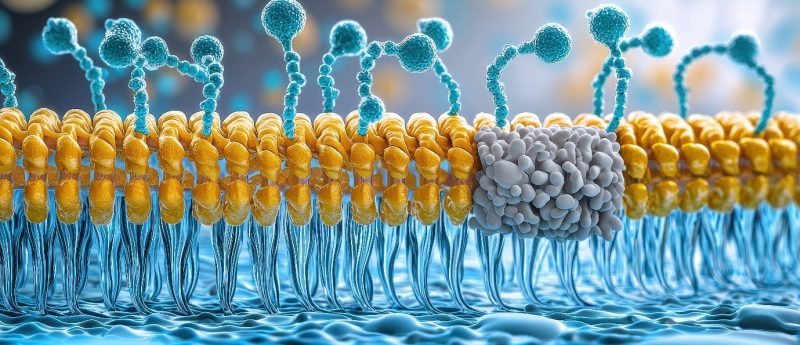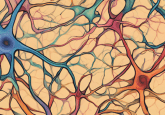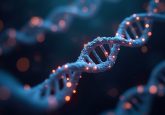Unlocking hidden biomarkers: new workflow detects trace glycoproteins in blood plasma

A new glycoproteomic workflow dramatically enhances the detection of rare glycoproteins in human plasma, opening up new possibilities for biomarker discovery and biopharmaceutical research.
A research team from Otto-von-Guericke-University Magdeburg, glyXera GmbH, and the Max Planck Institute for Dynamics of Complex Technical Systems (all Magdeburg, Germany) has developed a powerful new workflow to analyze low-abundant N-glycoproteins in human blood plasma (HBP). Published in Engineering, the study presents an innovative mass spectrometry-based method that addresses long-standing challenges in N-glycoproteomic analysis, improving the detection of rare and modified glycan structures, as well as significantly expanding glycoproteomic coverage.
Protein glycosylation is a vital post-translational modification with wide applications in diagnostics and therapeutics. However, traditional N-glycoproteomic approaches often fall short when analyzing complex samples like blood plasma, due to difficulty in identifying rare and modified N-glycans and inadequate glycoproteomic coverage. Improving sensitivity and accuracy in glycoprotein detection is key to identifying reliable biomarkers for the diagnosis and treatment of cancer, inflammatory conditions and neurodegenerative diseases, for which changes in glycosylation patterns play an important role.
You may also be interested in:
- Glycomics and glycoproteomics: A (not so) new frontier in biology
- Unraveling O-glycosylation patterns with mucinases and mass spectrometry
- Predictive glycosylation modeling for rational glycoengineering of biotherapeutics
-
The new workflow involved depleting the top 14 high-abundance plasma proteins and fractionating the sample, followed by glycopeptide enrichment and finally high-resolution mass spectrometry analysis using stepped collision fragmentation (HCD.step and HCD.low). The team also included a novel decision tree procedure to enhance data validation, enabling them to distinguish ambiguous N-glycan structures such as core versus antenna fucosylation, and detect rare modifications like sulfation and glucuronidation.
Impressively, when compared to direct blood plasma analysis, the workflow extended the detection range by five orders of magnitude, identifying glycoproteins as low as 6.31 pg/mL-1. The team was able to identify 1,929 N-glycoproteins and 942 glycosites from 805 middle- to low-abundant glycoproteins, including several with rare N-glycan structures.
The integration of this advanced glycoproteomic workflow could significantly advance our understanding of protein glycosylation patterns, as well as accelerate biomarker discovery. While analysis duration remains a challenge, the methodology demonstrates remarkable potential for clinical applications, therapeutic assessment and fundamental biological research. Its broad applicability in biomarker identification, biotherapeutic development and biochemical studies positions the approach as a valuable tool for future scientific breakthroughs.






